Today, we invite you to join us in exploring the wonders of lefse, a beloved Norwegian specialty that tantalizes the taste buds and holds a treasured place in the hearts of locals. From its humble origins to its diverse culinary adaptations, lefse offers a delightful glimpse into the cultural heritage of Norway.
What is Lefse?
Lefse, also known as "lefsebrød" in Norwegian, is a traditional soft flatbread that has been a culinary cornerstone in Norway for generations. Crafted from a delectable combination of potatoes, flour, butter, and cream, lefse showcases the simplicity and elegance of Norwegian cooking. This delicate bread, rolled thin and expertly cooked, serves as a versatile canvas for an array of flavors.
Savoring Lefse the Norwegian Way
In Norway, lefse is more than just a delicious treat; it is an integral part of festive occasions, cherished family gatherings, and everyday indulgence. Whether enjoyed on special holidays like Christmas or simply as a cozy snack, lefse brings people together to savor moments of togetherness and culinary delight. With a myriad of fillings and accompaniments to choose from, such as butter, cinnamon sugar, or traditional Norwegian cheeses, the possibilities for enjoying lefse are endless.
Lefse: A Symbol of Norwegian Heritage
Beyond its culinary allure, lefse represents the rich cultural heritage of Norway. Passed down through generations, the art of lefse-making carries stories of tradition, nostalgia, and the enduring spirit of Norwegian identity.
The act of rolling out the dough, carefully tending to its preparation, and sharing the finished product is a testament to the values of community, family, and connection that lie at the heart of Norwegian culture.
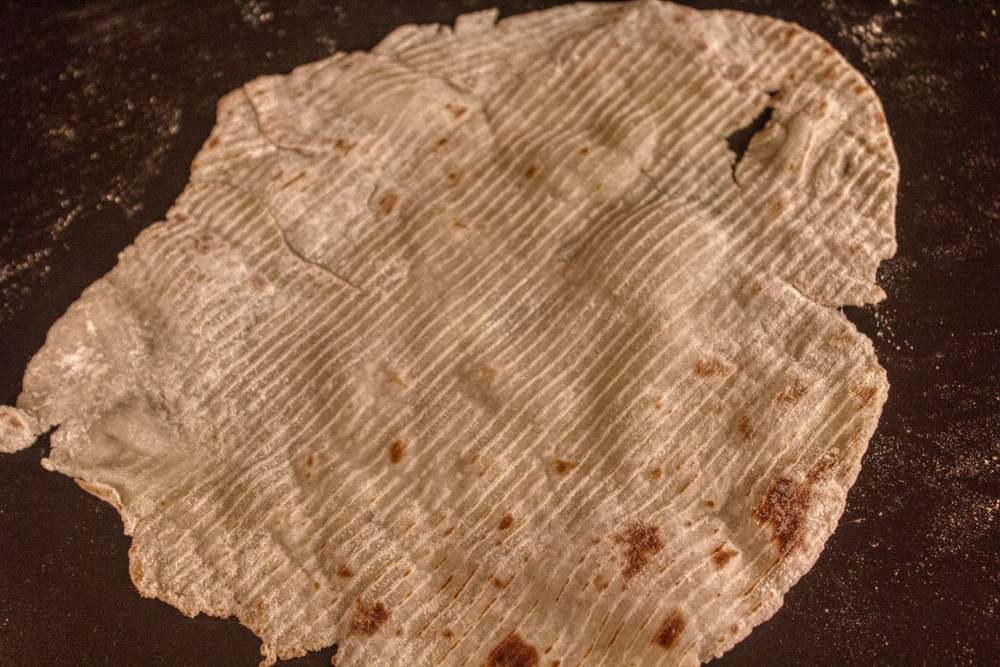
The History and Evolution of Lefse
The history of lefse stretches back through the annals of Norwegian culinary tradition, reflecting the cultural tapestry of the country. This beloved flatbread has roots deeply intertwined with the Scandinavian influence that shaped Norway's gastronomic heritage. Let's delve into the rich history and evolution of lefse, uncovering its origins and tracing its path to becoming a cherished Norwegian delicacy.
Origins of Lefse
The origins of lefse can be traced back to the days when Norway was primarily an agrarian society. It was a practical way to utilize the bountiful harvest of potatoes and grains, which were staples of the Norwegian diet.
The process of making lefse was an essential part of preserving the harvest for the long winter months in Norway. Thus, lefse became synonymous with sustenance and comfort in Norwegian households.
Scandinavian Influence
Lefse's journey is intertwined with the broader Scandinavian culinary heritage. Similar flatbreads can be found in other Scandinavian countries, such as Sweden and Denmark, each with its unique regional variations. This shared heritage highlights the historical connections and cultural exchange among these nations, resulting in the diffusion of culinary techniques and traditions.
Evolution of Lefse
Over time, lefse has evolved in response to changing culinary practices and preferences. Traditional lefse was often made with a combination of potatoes and grains like barley or rye. However, as the availability and affordability of ingredients changed, the recipe adapted, and most modern versions predominantly feature potatoes and flour.
This evolution has resulted in a softer and more pliable lefse, offering a delightful texture that delights the palate.
The Significance of Traditional Farming Practices
To truly appreciate lefse, it's crucial to understand its connection to traditional farming practices in Norway. Lefse-making was often a communal activity that brought families and communities together, emphasizing the importance of shared labor and collaboration.
The art of rolling out the dough, grilling it on hot stovetops, and passing down the techniques from one generation to another fostered a sense of continuity and kinship within rural Norwegian communities.
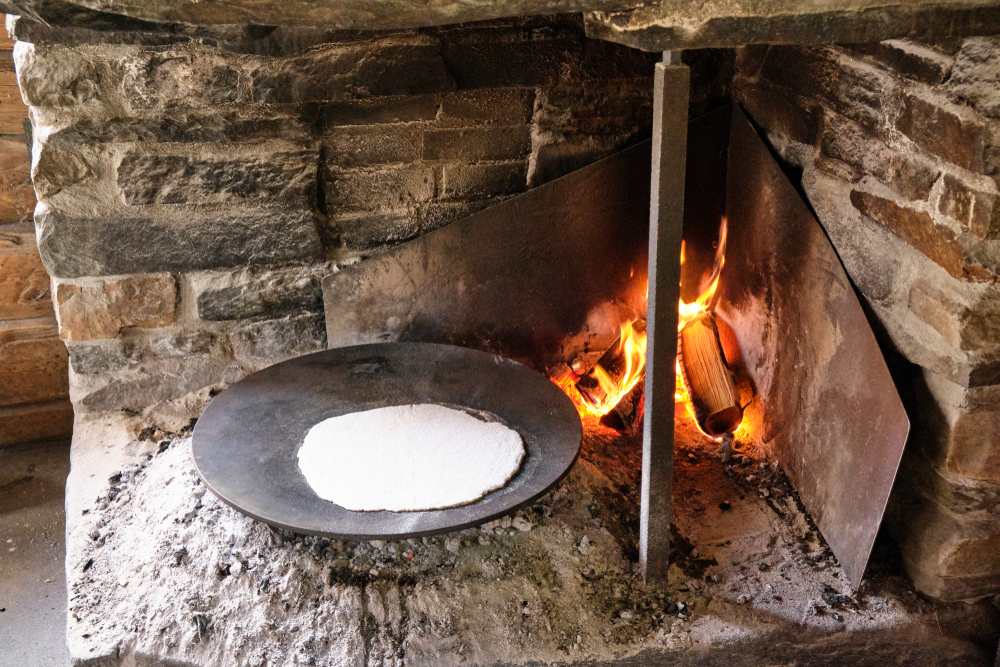
The Art of Making Lefse
Lefse-making is an art passed down through generations, preserving the traditions and flavors of Norwegian cuisine. In this section, we will delve into the intricate process of creating lefse, from gathering the essential ingredients to mastering the rolling technique that ensures the perfect texture. Join us as we uncover the steps to craft this beloved Norwegian delicacy.
1. Gathering the Ingredients
The foundation of lefse lies in the simple yet crucial ingredients: potatoes, flour, butter, and cream. Traditionally, starchy potatoes like russets are preferred, as they contribute to a smooth and pliable dough. High-quality flour, often a blend of all-purpose and wheat flour, adds structure and texture, while butter and cream provide richness and flavor.
2. Preparing the Potato Dough:
To create the potato dough, start by boiling the potatoes until tender. Once cooked, drain and peel them before mashing them thoroughly. The aim is to achieve a smooth and lump-free consistency. Traditionalists often use a ricer or potato press to ensure a fine texture, resulting in a silky dough.
3. Mixing and Resting the Dough
Combine the mashed potatoes with flour, melted butter, and a touch of cream. Gradually incorporate the flour, ensuring it is thoroughly mixed to create a cohesive dough. Once combined, allow the dough to rest for a while, as this resting period helps the flavors meld and the gluten relax, making the dough easier to work with.
4. Rolling and Cooking
Now comes the pivotal step – rolling out the dough. Sprinkle a clean surface with flour to prevent sticking, and carefully roll out a portion of the dough into a thin, round sheet. Some prefer using a traditional lefse rolling pin, known as a "kjevle," which is longer and thinner than a regular rolling pin. Gently transfer the rolled dough onto a hot griddle or stovetop, cooking it until golden brown spots appear on each side.
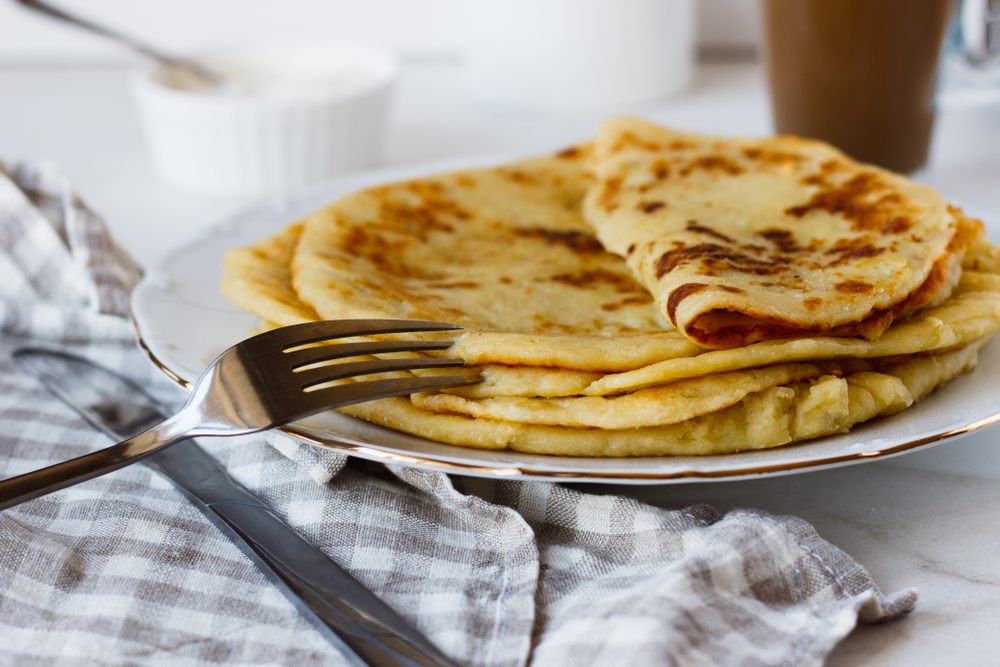
5. Storing and Serving
Once cooked, remove the lefse from the griddle and place it on a clean towel to cool. To maintain its softness and prevent drying, stack the lefse on top of each other and cover them with additional towels. When ready to serve, spread desired fillings on the lefse, fold, and enjoy!
Mastering the art of lefse-making takes practice, patience, and a deep appreciation for Norwegian culinary traditions. As you embark on your own lefse-making adventure, remember to embrace the joy of the process and savor the rewarding taste of this beloved Norwegian delight.
Regional Variations and Delicious Fillings
Lefse, with its versatile nature, lends itself to a myriad of regional variations and delectable fillings. In this section, we will embark on a flavorful journey through the diverse landscape of lefse, exploring the unique regional flavors and mouthwatering fillings that enhance this Norwegian delicacy.
Regional Flavors
Norway's diverse regions have contributed to the development of distinct lefse variations. Coastal regions may incorporate seafood flavors like smoked salmon or pickled herring into their lefse creations, capturing the essence of the sea. Inland areas might emphasize hearty flavors, such as cured meats or traditional cheeses, adding a touch of rustic charm to their lefse.
Each region's culinary traditions and local ingredients influence the flavors that grace the lefse, making each bite a delightful reflection of its origin.
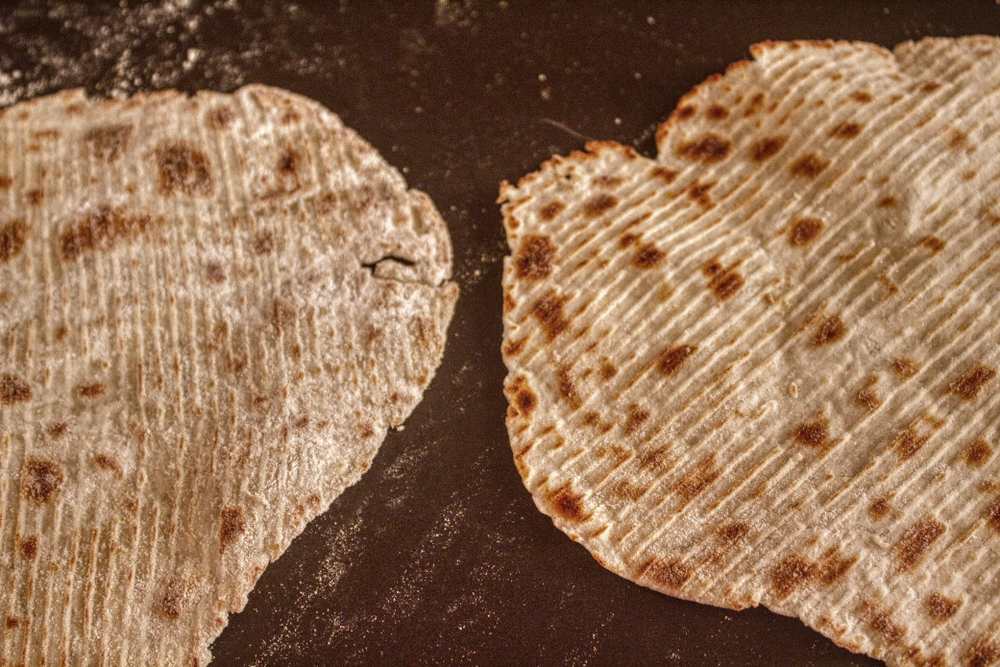
Sweet Lefse:
While lefse is often enjoyed with savory fillings, it also shines as a canvas for sweet indulgence. A popular choice is spreading a layer of butter across the lefse and generously sprinkling it with a mixture of sugar and cinnamon, creating a mouthwatering combination of sweetness and spice.
Some variations include adding lingonberry jam or sweetened cream cheese, offering a burst of fruity or creamy flavors that perfectly complement the delicate bread.
Savory Lefse
Savory fillings elevate lefse into a satisfying meal or appetizer. One classic combination is filling lefse with traditional Norwegian meats like sliced roast beef or reindeer meat, accompanied by tangy mustard and pickles for a burst of flavor.
Another option is to wrap lefse around Scandinavian-style meatballs, known as "kjøttkaker," drizzled with savory gravy. With endless possibilities, the savory lefse can be customized to suit individual tastes and preferences.
Culinary Creativity
The beauty of lefse lies in its adaptability, inviting culinary creativity and innovation. Modern interpretations may feature fusion flavors, incorporating global ingredients like spicy sriracha mayo or vibrant Mediterranean-inspired fillings.
Some even experiment with vegetarian or vegan options, using plant-based proteins, roasted vegetables, or flavorful spreads to create a delightful lefse experience for all.
By exploring the diverse regional variations and experimenting with a wide array of fillings, lefse enthusiasts can unleash their culinary creativity and customize this beloved Norwegian delicacy to their heart's content. Whether savoring the traditional flavors or embracing innovative combinations, each bite of lefse becomes a unique and delicious adventure.
In the final section of our journey, we will conclude our exploration of lefse by highlighting its cultural significance, its place in Norwegian celebrations, and how it continues to connect generations. Join us as we celebrate the enduring traditions and warm memories that lefse brings to Norwegian households.
Lefse: A Taste of Tradition and Togetherness
Lefse not only tantalizes the taste buds but also holds a profound cultural significance in Norway. In this final section, we will explore how lefse weaves its way into Norwegian celebrations, strengthens family traditions, and serves as a symbol of togetherness and heritage.
Celebrating with Lefse
Norwegian celebrations, such as Christmas, Easter, and weddings, are incomplete without the presence of lefse. During these special occasions, families come together to prepare and enjoy this cherished delicacy. Lefse serves as a centerpiece, symbolizing abundance, warmth, and the joy of shared moments.
Its presence on the festive table evokes a sense of tradition and brings generations together in celebration.
Passing Down Family Traditions
Lefse-making has long been a treasured tradition passed down from one generation to the next. Parents and grandparents teach their children the art of rolling out the dough, sharing family recipes, and imparting the wisdom acquired over years of experience.
This intergenerational exchange strengthens family bonds and ensures the preservation of cultural heritage. The act of making lefse becomes a shared journey, creating lasting memories and fostering a sense of continuity.
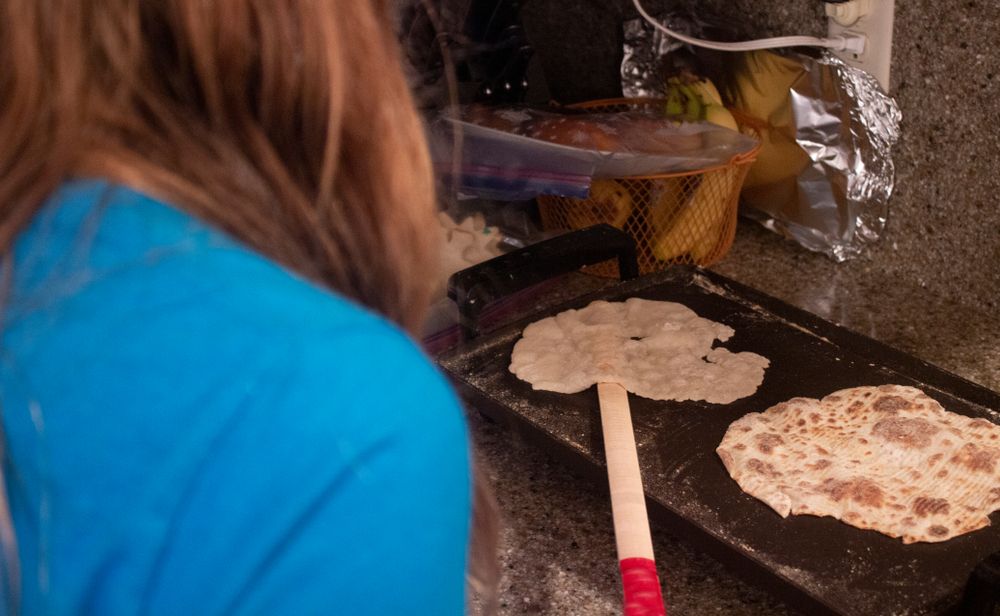
Lefse: A Symbol of Togetherness
When families gather to make and enjoy lefse, a sense of togetherness permeates the air. The process of rolling out the dough, grilling it on hot stovetops, and sitting down to savor the fruits of their labor cultivates an atmosphere of connection, love, and shared appreciation for culinary traditions.
Lefse becomes more than just a delicious treat; it becomes a symbol of the bonds that tie families and communities together.
Heritage on a Plate
Lefse embodies the heritage of Norway, reflecting the country's rural roots, agricultural practices, and the spirit of resourcefulness. Each bite carries the essence of Norwegian culinary traditions and the stories of those who have lovingly crafted it over centuries.
By partaking in lefse, individuals not only experience the flavors but also connect with the rich history and cultural fabric of Norway.
As we conclude our exploration of lefse, we invite you to embrace the warmth and flavors of this beloved Norwegian delicacy. Whether savoring it during festive occasions or as a part of everyday life, let lefse be a reminder of the importance of tradition, togetherness, and the enduring legacy of Norwegian cuisine.
Thank you for joining us on this culinary journey through Norway. We hope you have been inspired to seek out the delights of lefse and discover the many ways it can bring joy and a taste of tradition to your own table. Skål!



 By
By 


